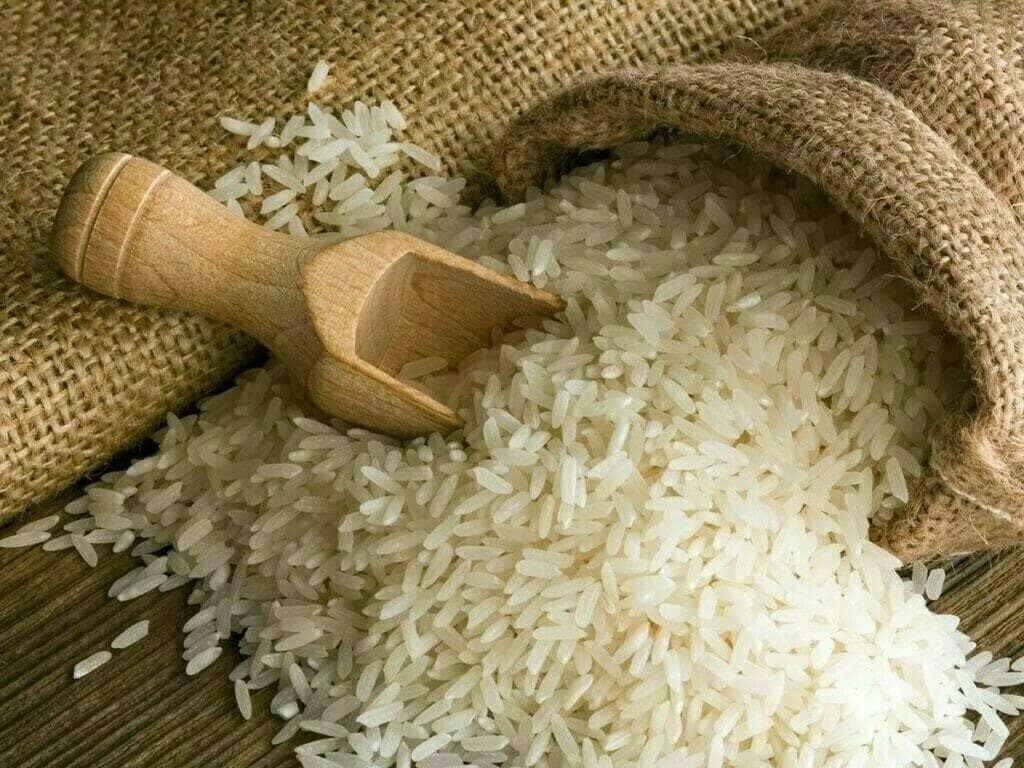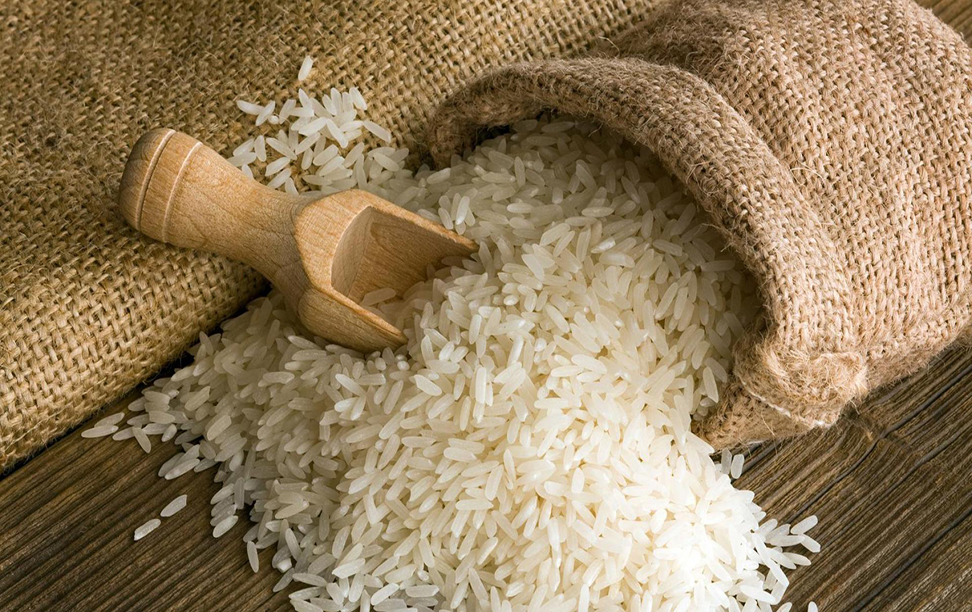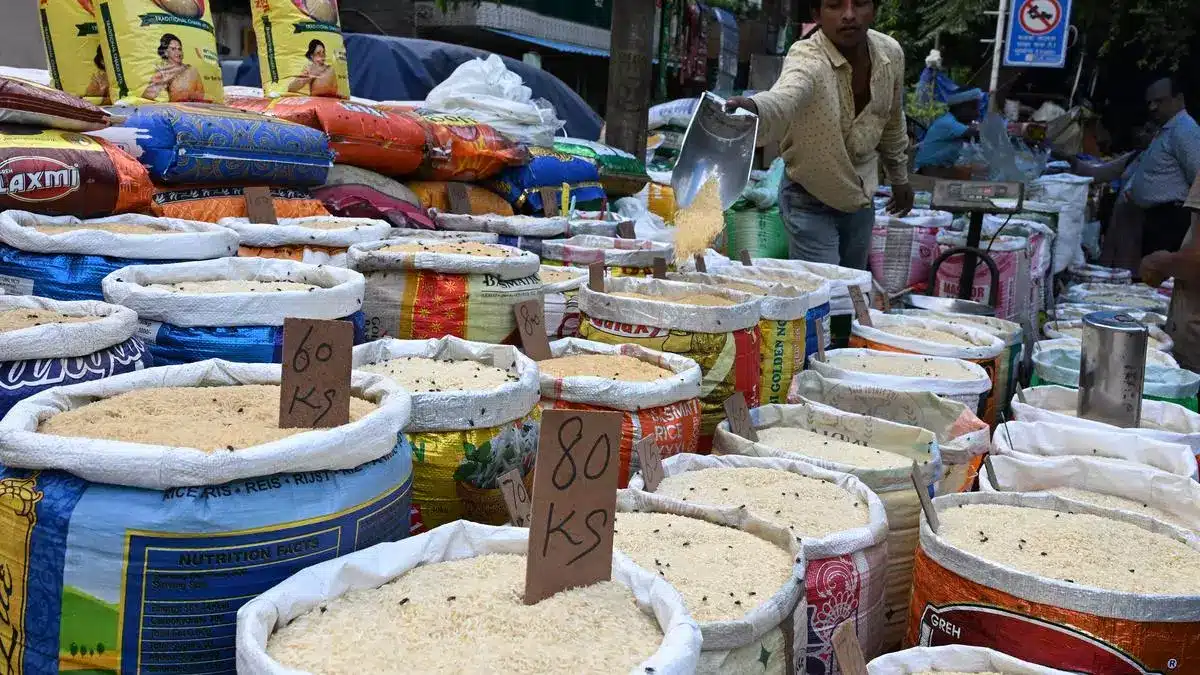Tags
Bangladesh farming groups conserve indigenous rice seeds
For higher production, farmers have turned to a few high-yielding varieties, despite having around 1,000 indigenous varieties that have better adaptive quality amid changing climatic patterns

Salinity intrusion triggered by different factors, including sea-level rise, commercial shrimp cultivation and a decrease in water flow from transboundary rivers upstream, has directly affected agriculture in the southern coastal districts of Bangladesh — some of which are also major producers of rice, the national staple.
Government agencies have been desperately trying to invent and promote high-salinity-tolerant paddy varieties, with some degree of success. However, there are no evident shifts in agricultural patterns, as traditional paddy growers generally switch to other saline-friendly crops, or different professions, when faced with difficulties in growing rice.
Yet one man — who surprisingly lives in one of the worst salinity-hit areas in Bangladesh — stands out as a stark exception.
As traditional paddy farmers in his area are switching to other crops, Sirajul Islam, a middle-aged farmer from Shyamnagar Upazila in Satkhira, has been collecting and preserving seeds of indigenous salinity-tolerant paddy breeds. So far, he has collected a staggering 218 different varieties of paddy. He does not just collect the seeds; he also encourages fellow farmers to cultivate them.

“Once, I had to travel 100 kilometers [60 miles] to collect a particular kind of seed. I took the trouble because I heard it could significantly resist salinity,” Sirajul said.
Many of these paddy varieties were nearly out of use, as farmers in recent decades leaned heavily toward high-yielding varieties. That makes Sirajul’s seed bank even more important.
Usually, after collecting a particular kind of seed, he cultivates it on a small piece of land. If the results are good, he recommends it to his fellow farmers.
“I have cultivated some varieties on shrimp beds to check their ability to withstand salinity. The salinity level in shrimp beds is often as high as 20 dS/m [deciSiemens per meter, the measurement for salinity],” he said.

To promote indigenous paddy varieties, Sirajul formed a voluntary organization called Sheba Songothon. The organization now has 197 members, all farmers from the Haibatout and Nakipur villages in the Shyamnagar Upazila.
The rise of Sirajul Islam and many others across the country is the result of the Bangladesh Resource Center for Indigenous Knowledge (BARCIK)’s farmer-led rice breeding initiative, which is empowering farmers through capacity building, to revive confidence in solving seed-related problems on their own and break the monopoly of scientists over science.
Since 2005, BARCIK, a nongovernmental development organization, has collected 653 (as of 2020) rice landraces from farmers, from different parts of the country, which are regrown during different seasons to keep them alive. These are also used for farmer-led rice breeding as well.
As a result of hybridization through breeding undertaken by these farmers, 88 breeding lines are under the selection process for distribution to the farmers at four agroecological zones in Bangladesh.
“We are treating this approach as a nonformal, problem-solving, on-farm research, which is designed, executed, managed and led by farmers to explore location-specific adaptive indigenous crop varieties (landraces) for minimizing production cost (agrochemicals), as well as ensuring diversity,” said Pavel Partha, director of BARCIK.


Published Date: April 6, 2023







